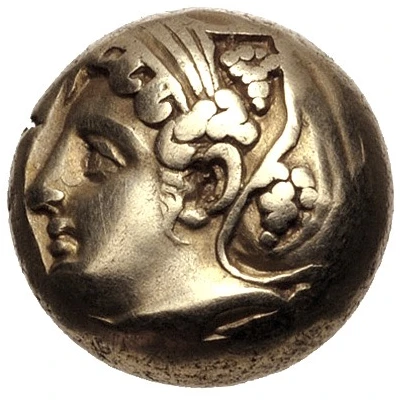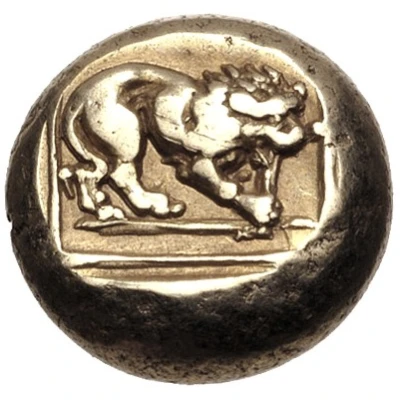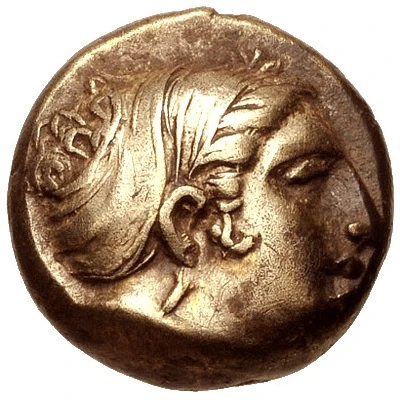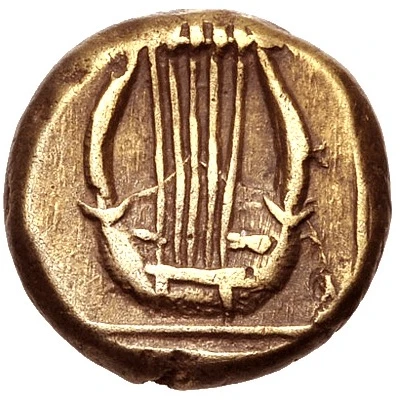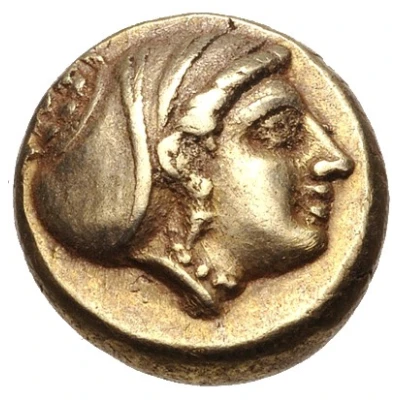
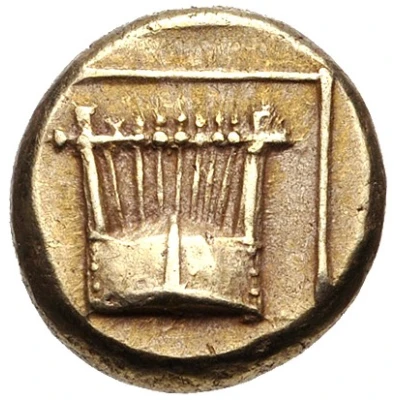

© Classical Numismatic Group, Inc.
Hekte 412 BC - 378 BC
| Electrum | 2.53 g | 11.0 mm |
| Issuer | Mytilene (Lesbos) |
|---|---|
| Type | Standard circulation coin |
| Years | 412 BC - 378 BC |
| Value | Hekte (14⁄3) |
| Currency | Drachm |
| Composition | Electrum |
| Weight | 2.53 g |
| Diameter | 11.0 mm |
| Shape | Round (irregular) |
| Technique | Hammered |
| Orientation | Variable alignment ↺ |
| Demonetized | Yes |
| Updated | 2024-10-10 |
| Numista | N#178778 |
|---|---|
| Rarity index | 100% |
Reverse
Kithara in linear square.
Comment
Pozzi 2324; Traité II 2183.
Interesting fact
The Hekte coin was used as a form of currency in the ancient Greek city-state of Mytilene on the island of Lesbos. It was made of electrum, a naturally occurring alloy of gold and silver, and weighed 2.53 grams. Despite its small size, the Hekte coin played a significant role in the economy of Mytilene, as it was used to purchase everyday goods and services. Its design featured the head of a lion on one side and an inscription on the other, which read "ΜΥΤΙΛΗΝΩΝ" (Mytilenon), indicating its origin. The Hekte coin was used for over 30 years, from 412 BC to 378 BC, and its use spread beyond Mytilene to other parts of the Greek world. Today, the Hekte coin is a valuable collector's item and a testament to the rich history and culture of ancient Greece.
